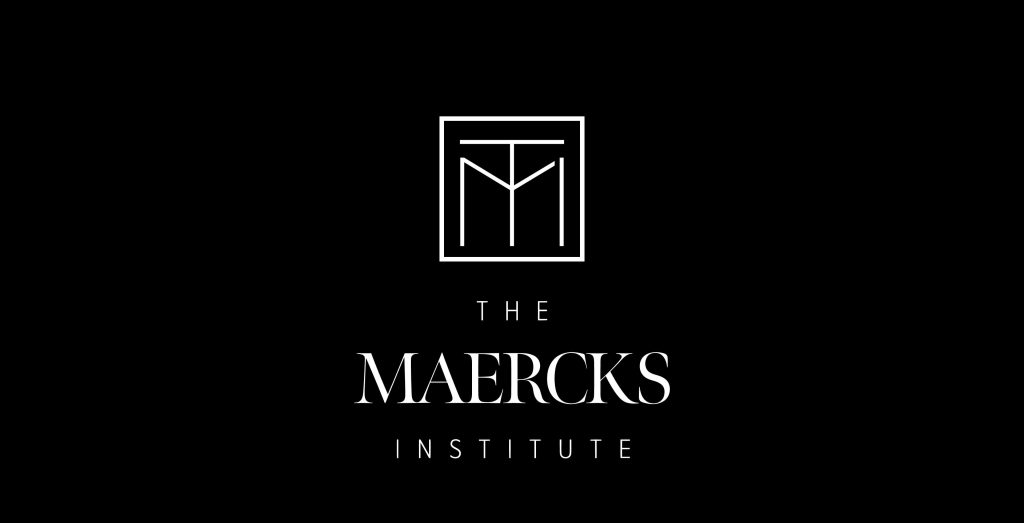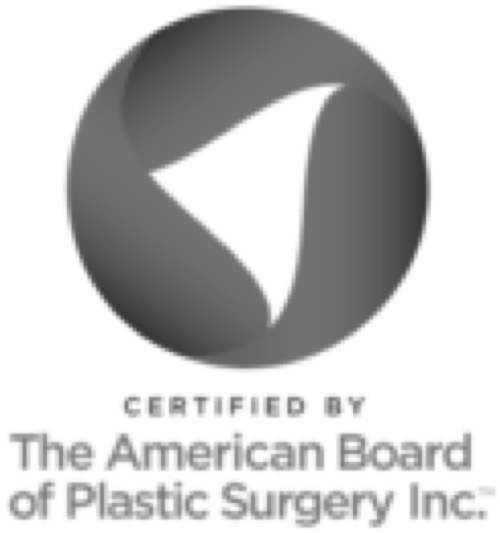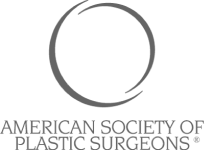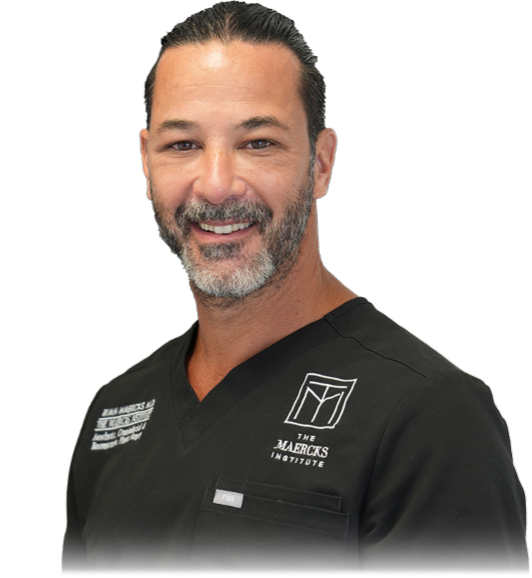
Dr. Rian Maercks has extensive experience working with children and adults in craniofacial plastic surgery. As a highly trained, caring craniofacial surgeon, he has the skills, expertise, and artistry needed to change the lives of his patients.
Contents
The goal of craniofacial surgery
A craniofacial surgeon reconstructs bone and tissue of the head, face, and/or neck that have either been damaged since birth or have experienced trauma to this area. As a craniofacial specialist, Dr. Maercks can improve these areas. Craniofacial conditions need to be addressed early on, especially in children who are still growing. This is because craniofacial surgery is extremely important in developing and functioning. Craniofacial surgery can address:
- Cleft lip and palate
- Craniofacial trauma
- Jaw deformities
- Facial and jaw tumors
- Craniosynostosis
- Hypertelorism
- Hemifacial microsomia
- Pierre Robin syndrome
- Treacher Collins syndrome
- Saethre-Chotzen syndrome
- Crouzon syndrome
- Apert syndrome
Dr. Rian Maercks:Craniofacial surgeon in Miami
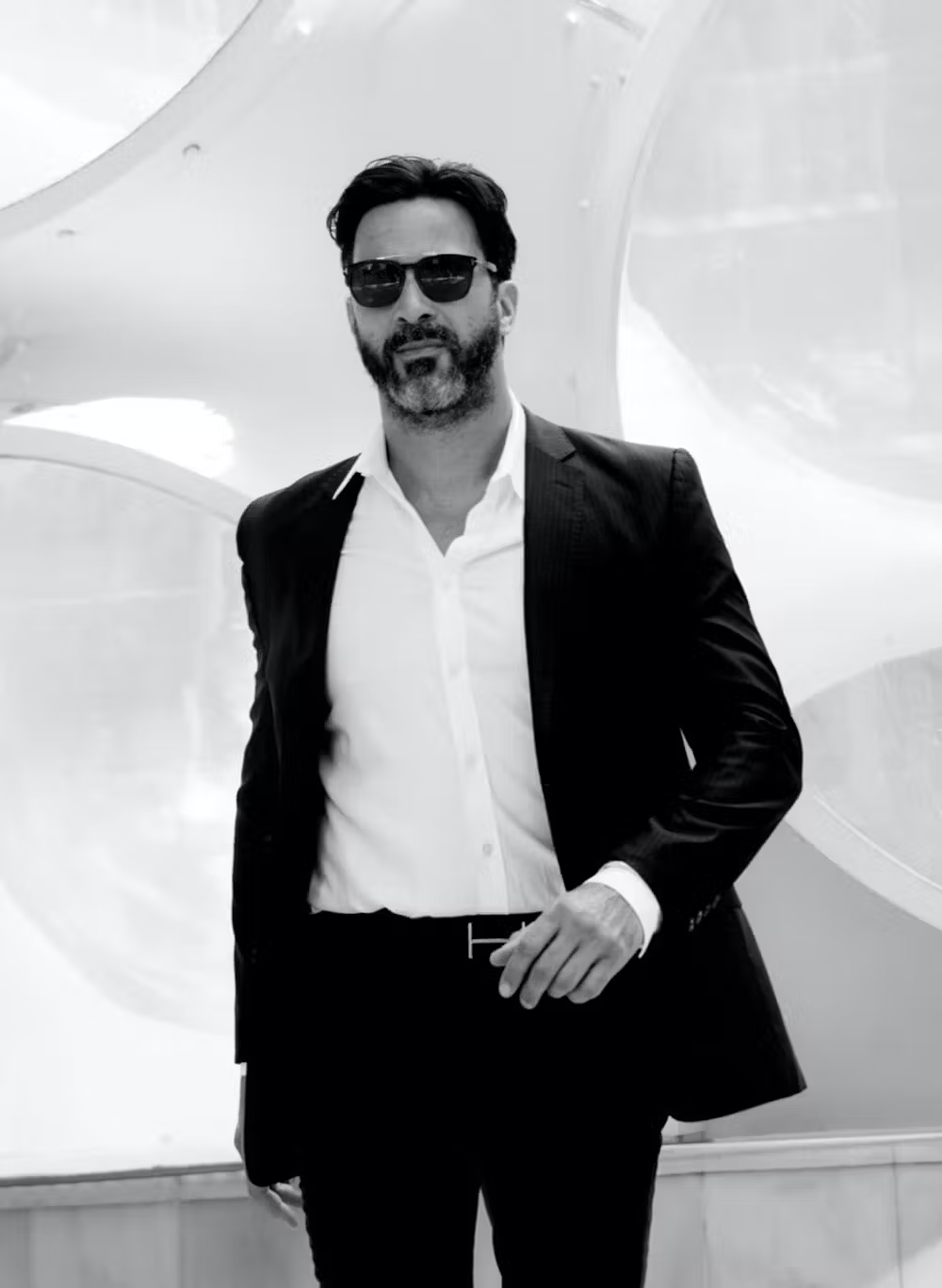
When you’re seeking an excellent craniofacial surgeon or need a plastic surgeon for your child, it’s important to choose someone who is truly invested in their future. Dr. Rian Maercks has the experience, knowledge, and technology to make a big, important difference in the life of every patient he treats. At The Maercks Institute, not only is face surgery one of the main services; Dr. Maercks is also a board-certified plastic, craniofacial, and reconstructive plastic surgeon whose undergraduate training in fine arts and philosophy created the framework through which he explores the world of medicine and surgery. He constantly elevates the standard of patient care and safety, and he has changed the lives of thousands of patients over the years. If you’re looking for an outstanding craniofacial surgeon in Miami with a stellar reputation, we welcome you to contact our office to schedule a consultation.
Dr. Maercks and craniofacial surgery
Dr. Maercks spent one year as chief resident of the prestigious Cincinnati Children’s Hospital Medical Center after completing his integrated plastic and reconstructive surgical residency there. He also completed fellowship training in Europe and Central and South America with some of the most prominent figures in plastic surgery to date. This extensive training included an elite fellowship with esteemed craniofacial pioneer Dr. Fernando Oritz-Monasterio. With Dr. Maercks’s extensive experience, state-of-the-art technology, and training with some of the most renowned plastic surgeons in the world, he is proud to offer craniofacial surgery — such a life-changing experience to his patients, and a rewarding one to him.
Dr. Maercks’s personality is warm, welcoming, and professional. I could tell instantly that helping people is truly his ‘why’ behind his practice.
– Melissa B., Boca Raton, FL
The Maercks approach to craniofacial surgery
At the Maercks Institute in Miami, we use ultrasonic devices for minimally invasive procedures that are more efficient. We also offer unique methods of human skeletal transportation and endoscopic monobloc advancement (re-shaping of the front of the skull and face to correct abnormalities) without the need for immunosuppression.
Craniofacial trauma
Craniofacial trauma is an injury of the face or skull, and when it comes to children, treatment is performed differently than it is for adult facial trauma as development can be impacted. The most common situations where craniofacial trauma occurs are contact sports, car and bike accidents, gymnastics, animal attacks, and fighting. A widened distance between the eyes or upper jaw movement even when the head is still may indicate broken bones in craniofacial trauma. A craniofacial surgeon can address trauma by correcting the damage done to the soft tissues and bones.
Hypertelorism
Patients with hypertelorism have a larger-than-normal distance between each eye. In order to correct the condition, Dr. Maercks uses ultrasonic technology and advanced techniques to accelerate recovery and ensure that you are back to normal life quickly. Although procedures may extend over several years, Dr. Maercks is proud of his ability to offer minimally invasive surgical techniques that heal faster and minimize swelling.
FAQ
What causes craniofacial abnormalities?
It’s unclear why certain craniofacial conditions develop, although many believe they are the result of genetics, a vitamin deficiency, smoking, substance abuse.
When do the abnormalities typically develop?
Craniofacial abnormalities develop within the first three months of pregnancy, as the structures of the face are forming.
How common are craniofacial deformities?
Craniofacial abnormalities occur approximately 1 in every 700 live births.
How many surgeries will be needed?
In most cases, craniofacial surgery is a long-term commitment, with multiple procedures needed to periodically correct issues as the face and skull develop. A typical patient usually requires 5 to 20 corrective surgeries.

